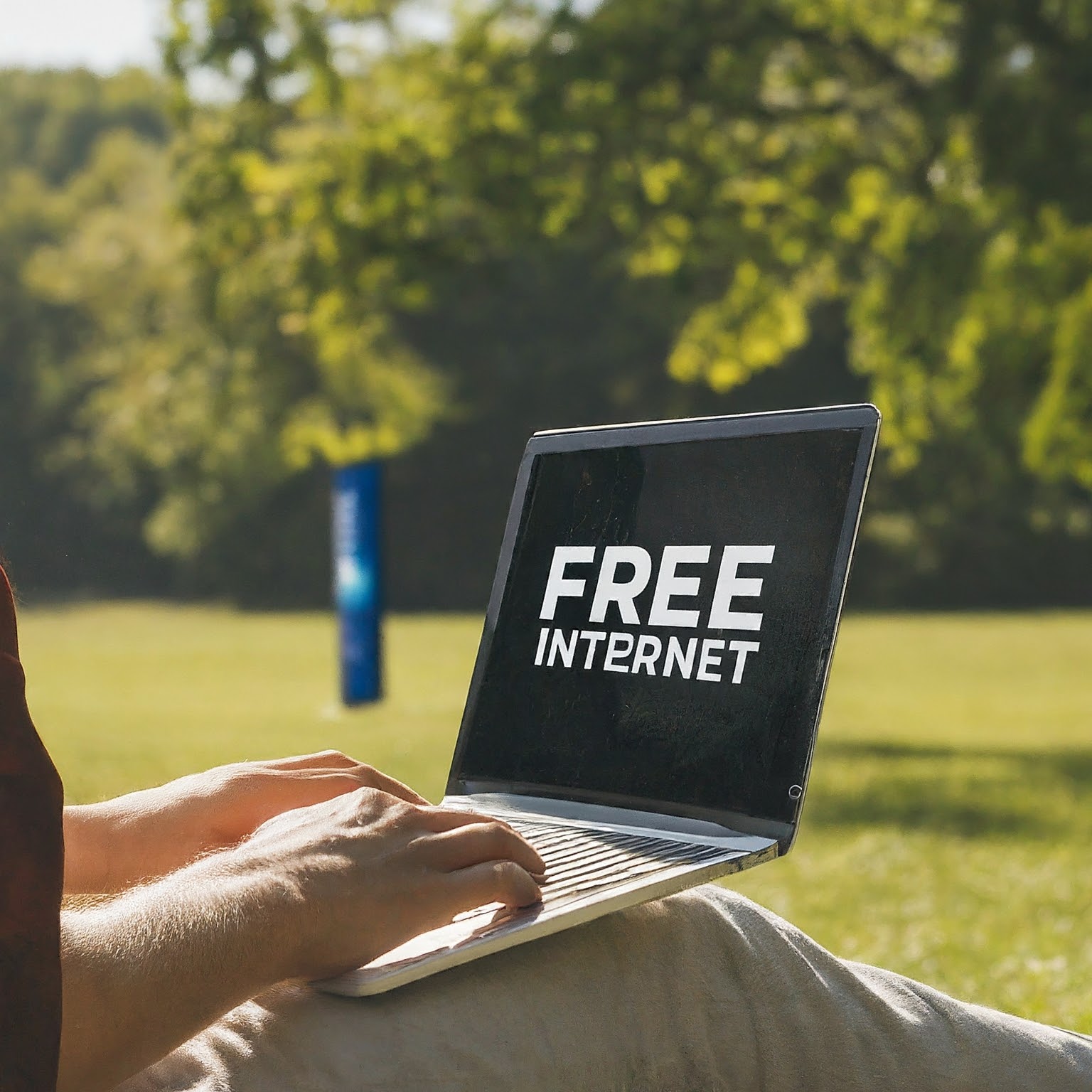The concept of free internet is enticing, but in reality, there’s often a cost involved. While some services may advertise as “free,” they often rely on alternative revenue streams, such as data collection, advertising, or premium features.

Understanding the Economics of Free Internet
To provide internet service, internet service providers (ISPs) incur significant costs for infrastructure, maintenance, and network upgrades. Offering truly free internet would be financially unsustainable for most providers.
How to Access Free Internet
While completely free internet is rare, there are ways to access internet services at reduced costs or with limited data allowances:
- Public Wi-Fi Hotspots: Libraries, coffee shops, and public spaces often offer free internet access through Wi-Fi hotspots.
- Mobile Hotspots: Some cellular plans include data sharing capabilities, allowing you to create a mobile hotspot.
- Internet Service Provider Promotions: Keep an eye out for limited-time offers or promotional deals from ISPs.
- Government Assistance Programs: In some regions, government programs provide subsidies for low-income households to access internet services.
- Free Trials: Some ISPs offer free trials to attract new customers.
The Digital Divide and Free Internet
The availability of affordable or free internet is crucial for bridging the digital divide. Many individuals and communities lack access to reliable internet connections, limiting their opportunities for education, employment, and social participation.
Challenges and Opportunities in Providing Free Internet
Offering free internet presents both challenges and opportunities:
- Infrastructure Costs: Building and maintaining the necessary infrastructure can be expensive.
- Network Congestion: Increased demand for free internet could lead to network congestion and slower speeds.
- Data Privacy: Concerns about data collection and privacy must be addressed.
- Digital Literacy: Providing access to free internet without digital literacy programs may limit its impact.
The Future of Free Internet
The future of free internet is likely to involve a combination of public-private partnerships, technological advancements, and innovative business models. As internet access becomes increasingly essential, efforts to bridge the digital divide and provide affordable options will continue to be a priority.

Conclusion
While the idea of free internet is appealing, the reality is more complex. While there are ways to access internet services at reduced costs or with limited data allowances, truly free internet remains elusive. Addressing the digital divide and ensuring equitable access to the internet will require ongoing efforts from governments, ISPs, and the broader community.
لا تعليق